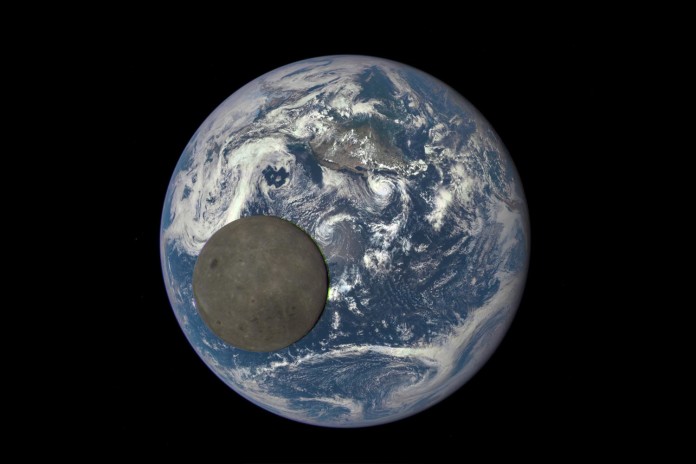
New footage from NASA’s EPIC camera shows the dark side of the moon fully illuminated. The images were taken from the DSCOVR satellite orbiting 1 million miles from Earth. DSCOVR satellite is in charge of solar wind monitoring for the National Oceanic and Atmospheric Administration.
The Earth Looks Bright As Every
Earth is much brighter than the moon, and this footage serves as solid proof. The lunar surface looks dull and almost bleak in the footage, though further observation always brings surprising things to the table.
The EPIC camera provides the NOAA with scientific observations of ozone, vegetation, cloud height and aerosols in the atmosphere of our planet. The camera will start regular observations as of January 2016. It will capture both the Earth and the moon about twice a year.

NASA Will Be Posting Color Pictures of Earth Taken by EPIC Every Day
As of January 2016, NASA will be releasing a picture per day in its brightness and color, and the moon in its still beautiful opacity. NASA has always been good at showing the world different angles of the Earth. The dark side of the moon is now a solved mystery.
What Could Be on the Dark Side of the Moon?
Now that we know what the dark side of the moon looks like, the next step is to find what’s on its surface and beneath it. The Russian Federal Space Agency and the European Space Agency are setting a mission to find what lies beneath, in a mission that’s set to explore the much colder and darker side of our satellite. The mission will hopefully bring great news, as it is possible that the moon harbors resources that could be of pivotal importance to Earth. The mission is set to launch as soon as 2020, and set a stronghold on the moon that could even lead to the building of a lunar base.

















